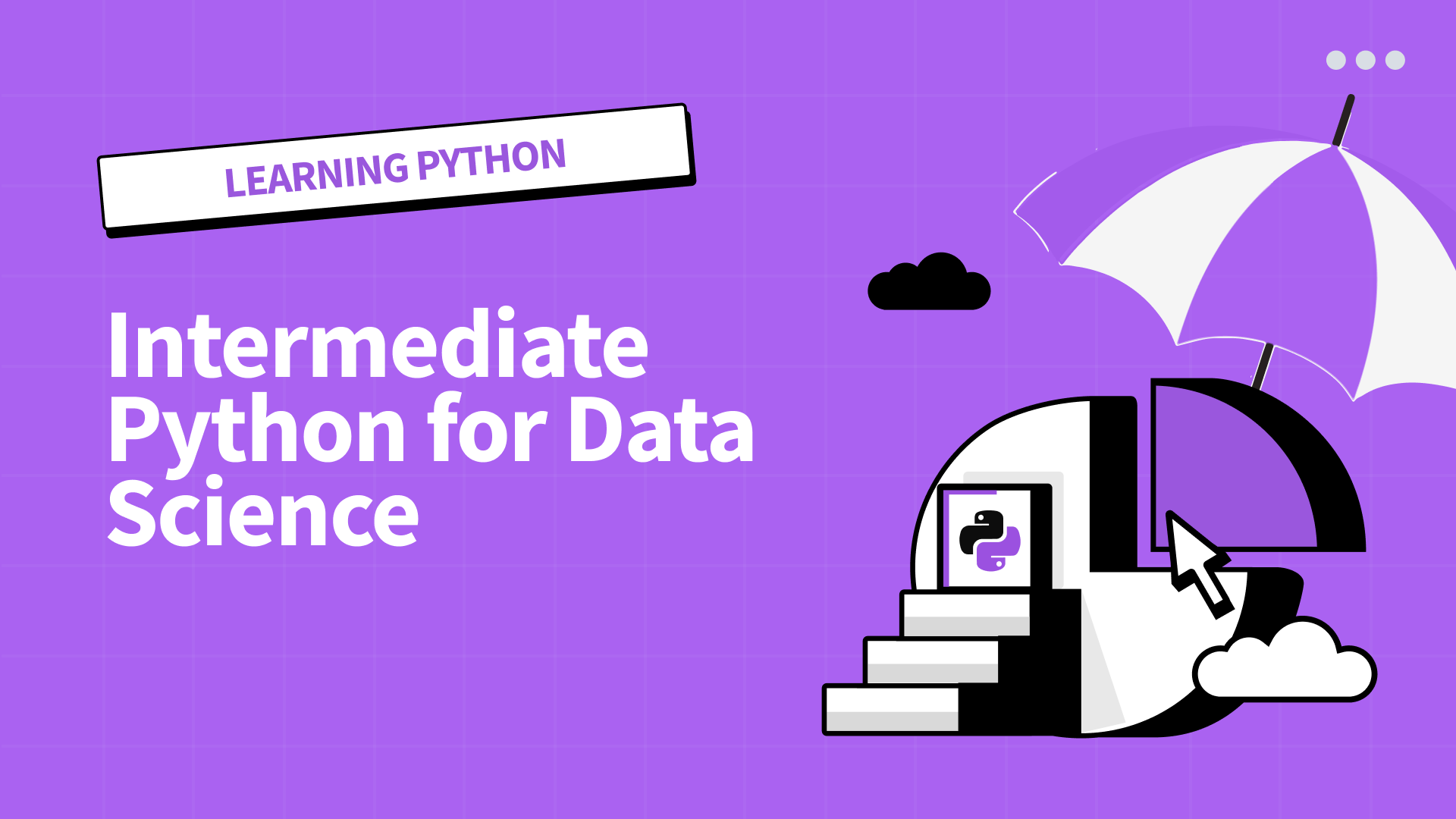The Dataquest Download
Level up your data and AI skills, one newsletter at a time.
Learn to Work with Text Data and OOP with Python
Hello, Dataquesters!
Last week, we explored the basics of Python functions and Jupyter Notebook. This week, we’re building on our foundation by exploring intermediate Python for data science topics. I’m excited to share how these skills can enhance your data science projects and boost your programming confidence.
Learning intermediate Python skills made me feel like a more proficient data analyst. Suddenly, I could handle larger datasets and create more sophisticated models with greater ease. This was particularly evident when I worked on automating our course prerequisites at Dataquest, which I’ve been discussing over the past few newsletters. Let me walk you through how these skills made a significant difference in my work.
Data cleaning is an essential step in data science. In my automation project, I used Python’s data cleaning techniques to ensure our course metadata was accurate, relevant, and ready for processing. It’s remarkable how much smoother your analysis becomes when you start with clean, well-structured data. For instance, I wrote a function to standardize course information, removing inconsistencies that could have confused the AI model that I was using to write the prerequisites.
Speaking of AI, I use object-oriented programming techniques more frequently now because of the work I do with AI. Object-oriented programming (OOP) is a way of organizing code into reusable, self-contained units called classes. By structuring my code into reusable classes, I can efficiently manage AI conversation history. For instance, I created a ‘Conversation’ class that encapsulated all the properties and methods related to a conversation, making it easy to store, update, and retrieve conversation data. This approach not only made my code more organized but also more flexible as new requirements emerged.
These intermediate Python skills combined to create a robust and efficient automation script that saved us many hours of manual work. More importantly, over the years they’ve given me the confidence to tackle even more complex data science challenges.
As you explore intermediate Python for data science, consider how you might apply these skills to your own projects. Do you have a dataset that needs cleaning? Or perhaps a complex problem that could benefit from object-oriented programming? The possibilities are endless, and I encourage you to start applying these skills to your own projects.
If you’re ready to enhance your Python skills, I highly recommend our Intermediate Python for Data Science course. You’ll gain hands-on experience with real-world scenarios, similar to those we encounter at Dataquest.
Remember, each new skill you acquire opens up new possibilities in your data science journey. So, I encourage you to explore, experiment, and learn from your mistakes. That’s how we all grow and improve.
Start applying these skills to your own projects, and don’t forget to share your progress with the Dataquest community. I’m looking forward to seeing the innovative ways you’ll use your new intermediate Python skills.
Happy learning, Dataquesters!
Casey

|
This course continues your Python for Data Science journey, equipping you with intermediate techniques to clean and analyze text data, and introduces Python concepts such as object-oriented programming. By the end, you’ll have the essential skills needed for data analysis and data cleaning. This self-paced course consists of 5 lessons and takes 8 hours to complete. Cleaning and Preparing Data: Learn to manipulate and clean messy data. |
What We're Reading
|
📖 Tips for Collaborating on Group Projects Shifting from solo projects to collaborations can be daunting. This article offers step-by-step guidance for beginning a successful group project. Read more 📖 Stumpy: Scalable Time Series Analysis Stumpy is a powerful Python library for time series analysis, focusing on scalability and performance, ideal for learners working on real-world data projects. Read more 📖 How People Are Actually Using AI People are forming emotional relationships with AI, using it as friends and mentors, raising concerns about “addictive intelligence.” The article also addresses AI challenges like hallucination issues and the potential overhype of AI’s immediate impact. Read more |
What's new
Give 20% Get $20
Now is the perfect time to share Dataquest with a friend. Gift a 20% discount, and for every friend who subscribes, earn a $20 bonus. Use your bonuses for digital gift cards, prepaid cards, or donate to charity. Your choice! Click here
Community highlights
Project Spotlight
Sharing and reviewing others’ projects is one of the best things you can do to sharpen your skills. Twice a month we will share a project from the community. The top pick wins a $20 gift card!
In this edition, we spotlight Robert Santosa‘s project on Heavy Traffic Indicators on I-94 Highway. It’s an excellent read, featuring insightful visualizations that perfectly match the data, a clearly defined goal, concise yet informative observations, and well-considered conclusions.
|
Want your project in the spotlight? Share it in the community. |
|
Learner Tip of the Week
|
High-fives from Vik, Celeste, Anna P, Anna S, Anishta, Bruno, Elena, Mike, Daniel, and Brayan.